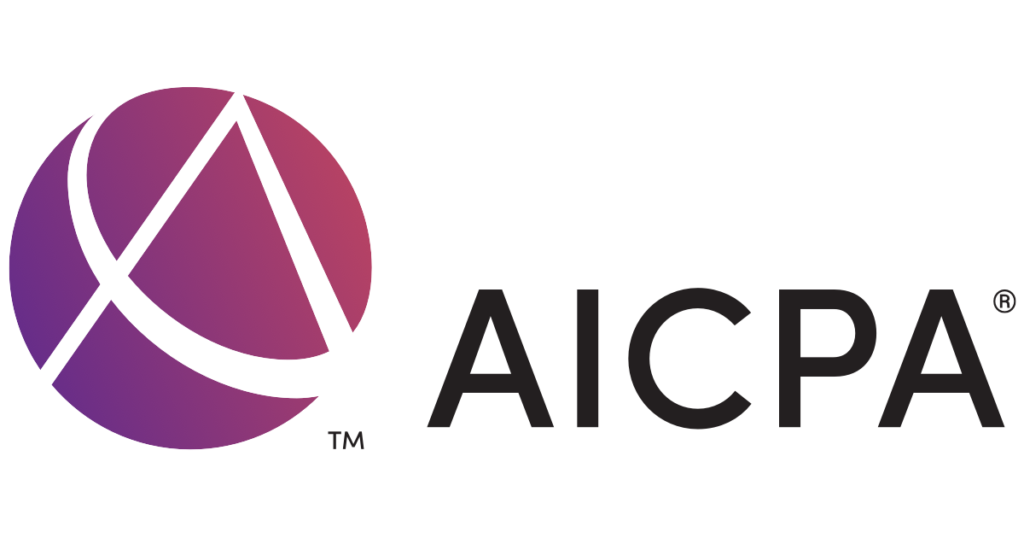The ATO has released for consultation the following draft guidance on classifying employees and independent contractors:
The Draft Ruling explains the Commissioner’s approach in applying the High Court decisions in Construction, Forestry, Maritime, Mining and Energy Union v Personnel Contracting Pty Ltd [2022] HCA 1 (Personnel Contracting) and ZG Operations Australia Pty Ltd v Jamsek [2022] HCA 2 to the definition of ‘employee’ for the purposes of section 12-35 of Schedule 1 to the Taxation Administration Act 1953.
The High Court cases state that whether a worker is an employee of a putative employer under the term’s ordinary meaning is a question of fact to be determined by reference to an objective assessment of the totality of the relationship between the parties, having regard only to the legal rights and obligations which constitute that relationship.
In the decision impact statement on Personnel Contracting, the Commissioner’s view is that the High Court’s decision has provided clarity in the approach to be taken when characterising the legal relationship of the parties in relation to the common law test of employment. Accordingly, the Commissioner is reviewing relevant guidance products in light of Personnel Contracting. As part of this process, the ATO has issued the Draft Ruling to replace TR 2005/16 Income tax: Pay As You Go – withholding from payments to employees.
The Draft PCG outlines the Commissioner’s compliance approach for businesses that engage workers. It does not provide a definitive answer to the question ‘am I an employee or a contractor’ but sets out how the ATO will allocate its compliance resources based on the risk associated with the classification.
Broadly, ATO will apply its compliance resources to review an arrangement as a result of:
Notably, to not be considered high risk, a party relying on the PCG must obtain specific advice confirming that their classification was correct under both the common law definition of employee and the extended definition; the advice must be professional advice from the engaging entity’s in-house counsel or an appropriately qualified third party, such as a solicitor or tax professional, an administrative body or client-specific written advice from the ATO.
CAs should review their clients that have worker arrangements to see where they sit on the risk spectrum in the Draft PCG.
The ATO is asking for comments on the Draft Ruling and the Draft PCG by 17 February 2023. If you have any comments, please send them to the CA ANZ Tax Team by 3 February 2023.



